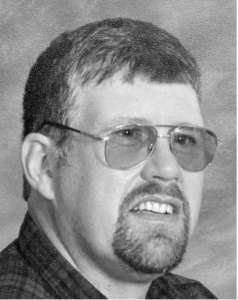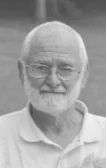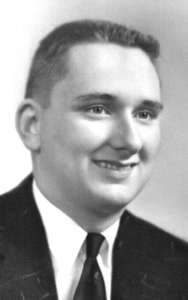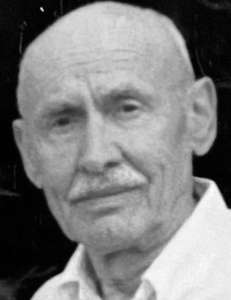MY POINT OF VIEW: A humanitarian journey
 by Gary Kennedy
by Gary Kennedy
Well, Julie and I have arrived back home from our humanitarian mission in the South Pacific. Our plane trip both going and coming was a literal nightmare which took two days each way. Lay overs were the worst of it, sleeping in airport chairs, etc., is murder on your body.
All my misery being said, the mission was very successful and very satisfying for my wife and I. We left many very happy people where ever we would go. Since we are not paid humanitarians we received our reward from the people we serve. We get to share beautiful children and receive lots of hugs and kisses. That’s worth it all to us. A lollipop can bring about the most beautiful smile you ever would want to see. However, we gave much more than that, thanks to the generosity of folks like you. What was supposed to be a children only event turned out to include entire families.
Our mission this time included three orphanages, a medical clinic, a prison, two libraries, multiple small feeding events and the establishment of a small school at the Knights of Rizal headquarters in Manila, Philippines.
I have many photos and videos which I would be glad to share upon request. We will be doing it all again in December if we raise enough supplies for the events. We already have a couple of people who would like to volunteer. We love the help. I must warn you once you begin doing these humanitarian missions you become addicted. It’s the most wonderful feeling for those of good heart. I have often wished I was rich so I could do more. I also wonder why those with greater than average means are not involved. Perhaps they don’t realize the natural high that giving to those in need will bring. Oh well, those who do open their hearts receive great rewards. There is so much love out there just waiting to be shared. It’s not what you take with you it’s what you leave behind.
I mentioned in my second paragraph that what we were doing was supposed to be for the children only; well my wife changed all that. We both have soft hearts but hers is perhaps a little more sensitive to situations. She sees things that I sometimes over look. The one example I will share with you is our visit to the indigenous people known as the Aetas Tribe. They are a tribe of people which predate the Spanish occupation of the Philippine Island, before the 1500s. They are a slight, dark skinned race with dark curly/wavy hair. They are supposedly protected by Philippine government but that protection is very shoddy. Food is not adequate, clothing is bare necessity; very little foot wear, limited school supplies and many were running around naked. It took awhile to have them accept us but with time and lollipops we prevailed.
We prepared massive amounts of food for this visit which was a good thing as there were many people coming out of hiding during our visit. As I stated, this was suppose to be a children’s event. Julie along with other volunteers, that we had with us, began passing out Styrofoam plates loaded with food to all the children. We had an interpreter giving instruction to the children about sitting and using the plastic fork and spoons we supplied. Julie noticed dozens of adults hanging around the outside fence just watching the great food the children were eating. Finally, she came to me and said, “honey, I think they are all hungry”. I replied, “Do you think we have enough to feed them all”? Julie replied that we had more than enough so we invited them in.
They were very hungry and very happy. After all were full of food and pineapple juice we gave out the gifts we had with us. We gave all the school supplies for the coming school year and the children all received footwear and some clothing. Before it all ended it was as if we were part of the community. Their translator taught them a little English which they imparted as we said goodbye and went out the gate. The words, “please come back, we love you”, rang out for all to hear. It brought tears to my eyes. What a wonderful parting gift; we will return.
In closing I would like to give a special thanks to all that gave, especially Old Navy and Loots, of Augusta. I would also like to give a very special thanks to Chris Lemieux, at Staples Office Supply, of Augusta, for giving schools supplies to 300 children for the year. They will never forget.
God bless to all.


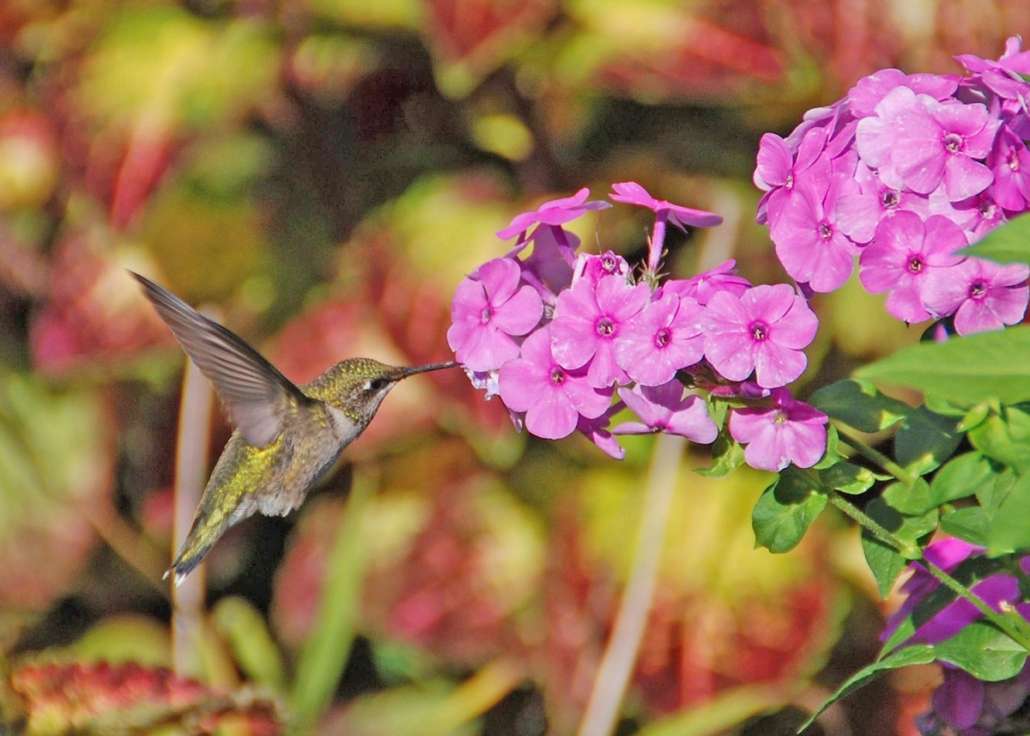

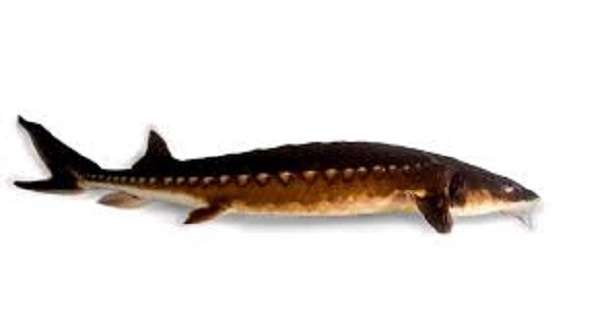

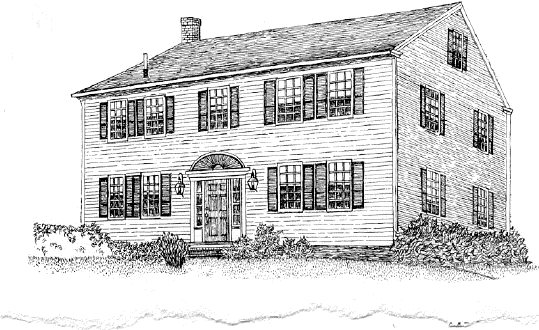
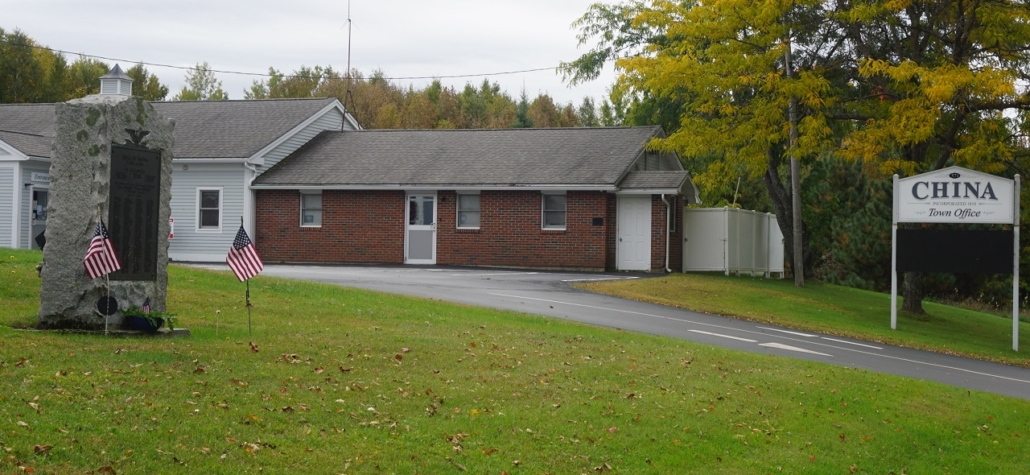
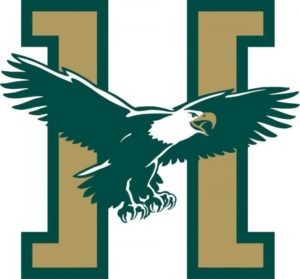
 Linnea Estes, from Sidney, graduated from Cedarville University, in Cedarville, Ohio, in spring 2023 with an undergraduate degree in Nursing.
Linnea Estes, from Sidney, graduated from Cedarville University, in Cedarville, Ohio, in spring 2023 with an undergraduate degree in Nursing.
